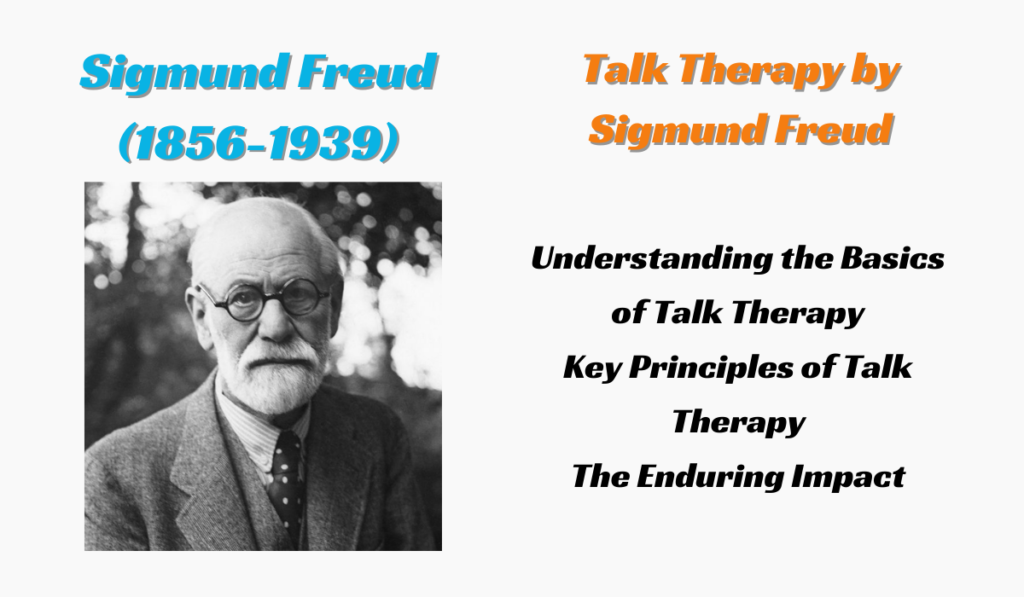
Autism Spectrum Disorder (ASD) is a developmental disorder characterized by challenges with social skills, repetitive behaviors, speech, and nonverbal communication. The importance of early intervention in managing ASD cannot be overstated. One of the most effective early interventions is Autism Behavioral Therapy, which encompasses various strategies and techniques tailored to address the unique needs of each child with autism. This blog post explores how Autism Behavioral Therapy can serve as a crucial early intervention tool to support children with autism.
What is Autism Behavioral Therapy?
Autism Behavioral Therapy includes several therapeutic techniques designed to address the diverse needs of individuals with autism. Each type focuses on different aspects of behavior and development, utilizing specific strategies to promote learning, communication, and social skills. Here are some of the main types of Autism Behavioral Therapy:
1. Applied Behavior Analysis (ABA)
Applied Behavior Analysis is the most widely recognized form of Autism Behavioral Therapy. ABA uses a system of behavior reinforcement to teach specific skills and behaviors through repeated practice and positive reinforcement. It’s tailored to meet the individual needs of each child and can include a variety of subtypes such as Discrete Trial Training (DTT), Pivotal Response Training (PRT), and Natural Environment Training (NET).
2. Early Intensive Behavioral Intervention (EIBI)
EIBI is a subtype of ABA designed specifically for young children with autism, typically those under the age of five. This approach is highly structured and intensive, often involving 20-40 hours per week of one-on-one interaction between the child and a trained therapist. EIBI focuses on a wide range of developmental areas, including language, cognitive abilities, and social skills.
3. Verbal Behavior Therapy (VBT)
Verbal Behavior Therapy focuses on teaching verbal skills through the understanding of why we use words. This approach is based on the principles of ABA but with a specific focus on enhancing communication. It encourages understanding language as a tool to get what one wants or needs, which can be particularly useful for children who may not naturally grasp the typical uses of language.
4. Cognitive Behavioral Therapy (CBT)
While traditionally used for older children and adults, Cognitive Behavioral Therapy can be adapted for use with children with autism who have more developed verbal skills. CBT helps individuals manage their emotions and behaviors through an understanding of how their thoughts affect their feelings and behaviors. It’s particularly effective for addressing anxiety and depression, which can co-occur with autism.
5. Social Skills Training
This therapy focuses on improving interpersonal skills and is often used in group settings. Through activities and role-playing, children learn how to interact appropriately with peers, understand social cues, and respond to social situations. Social skills groups are common and can be tailored to different age groups and developmental levels.
6. The Early Start Denver Model (ESDM)
ESDM is a comprehensive early intervention approach for toddlers and preschoolers with autism, aged 12 to 48 months. It integrates ABA techniques with developmental and relationship-based approaches. The therapy is delivered through play and joint activities initiated by the child to build positive relationships and boost language, social, and cognitive skills.
7. Floor Time
Floor Time is part of the Developmental, Individual Differences, Relationship-Based (DIR) model. This approach involves meeting children at their developmental level and building upon their strengths. Therapists and parents engage children through the activities they enjoy, encouraging them to interact socially and build emotional connections.
Each type of Autism Behavioral Therapy has its unique focus and methods, but all aim to enhance the abilities of individuals with autism and support their development. The choice of therapy often depends on the specific needs of the child, as well as the philosophy and goals of the family and treatment providers.
The Benefits of Early Intervention Through Autism Behavioral Therapy
Building Essential Skills
One of the primary advantages of Autism Behavioral Therapy applied early in a child’s life is the development of essential social, communication, and cognitive skills. By beginning therapy at a young age, children with autism can learn basic skills such as making eye contact, understanding others’ emotions, and communicating their needs effectively. These skills are crucial for their overall development and can significantly enhance their quality of life.
Reducing Autism Symptoms
Studies have shown that early intervention using Autism Behavioral Therapy can lead to significant improvements in the symptoms of autism. For example, ABA has been effective in reducing problematic behaviors like self-harm and aggressive behavior. Early, consistent behavioral therapy helps to mitigate these behaviors before they become more ingrained, making it easier for children to adapt and function in various settings.
Improving Long-term Outcomes
Implementing Autism Behavioral Therapy early can also improve long-term outcomes for children with autism. Children who receive early intervention often have better school performance, enhanced social skills, and more independent living skills as they grow older. This early foundation sets the stage for continued growth and learning throughout their lives.
Implementing Autism Behavioral Therapy: Practical Tips for Parents
Parents play a crucial role in the success of Autism Behavioral Therapy. Here are some practical tips for parents considering or currently using behavioral therapy for their child:
- Start Early: The earlier you start Autism Behavioral Therapy, the better. Early intervention is key to making significant impacts on your child’s development.
- Stay Consistent: Consistency is critical in behavioral therapy. Try to maintain a regular schedule and ensure that all family members are on the same page with strategies and techniques.
- Collaborate with Therapists: Work closely with your child’s therapists. They can provide valuable insights and suggestions tailored to your child’s needs.
- Celebrate Small Wins: Recognize and celebrate every small victory along the way. Progress in autism can be gradual, and acknowledging these moments can be incredibly motivating for both the child and the family.
- Seek Support: Finally, don’t hesitate to seek support from other families undergoing similar experiences. Support groups can be invaluable resources for sharing tips, experiences, and encouragement.
A note from Known_Psychology
Autism Behavioral Therapy offers a promising avenue for early intervention in children with autism, providing them with the skills necessary to navigate life more effectively. By focusing on individual needs and reinforcing positive behaviors, this therapy equips children with tools to improve their communication, social skills, and behavior, enhancing their overall development and quality of life. As research continues to evolve, it remains clear that early intervention through Autism Behavioral Therapy is a critical step in supporting the long-term well-being of children with autism.
Mariam holds an MS in Sociology with a specialization in Medical Sociology and Social Psychology. With a strong academic background and extensive research work in both fields, she brings depth and clarity to complex topics. Her writing explores the intersection of society, health, and the human mind, making academic ideas easy to grasp and relevant to everyday life.



Hey very nice blog!! Guy .. Beautiful .. Superb .. I’ll bookmark your website and take the feeds additionallyKI am glad to search out a lot of useful information right here within the submit, we need develop more strategies on this regard, thanks for sharing. . . . . .
Enjoyed studying this, very good stuff, regards.
I’ve been absent for some time, but now I remember why I used to love this website. Thanks, I will try and check back more frequently. How frequently you update your web site?
great post.Ne’er knew this, thankyou for letting me know.
For anyone who hopes to find valuable information on that topic, right here is the perfect blog I would highly recommend. Feel free to visit my site UY7 for additional resources about Advertise.
Its such as you learn my mind! You seem to know so much approximately this, such as you wrote the book in it or something. I think that you simply can do with a few percent to pressure the message home a bit, however other than that, this is wonderful blog. A great read. I will definitely be back.
magnificent points altogether, you simply gained a brand new reader. What would you suggest in regards to your post that you made a few days ago? Any positive?
сервис телефонов apple
For anyone who hopes to find valuable information on that topic, right here is the perfect blog I would highly recommend. Feel free to visit my site YQ9 for additional resources about Online Business.
Very interesting details you have noted, regards for putting up.Raise your business
Pingback: What are the early Intervention for Autism?